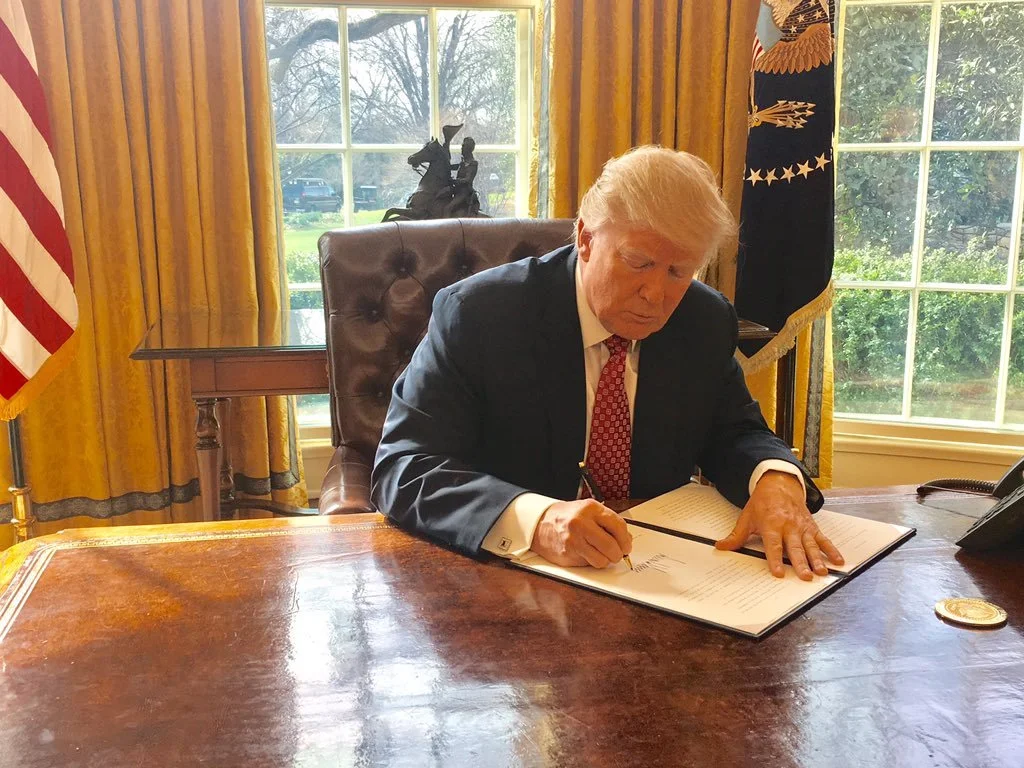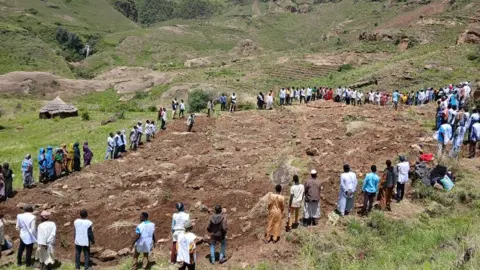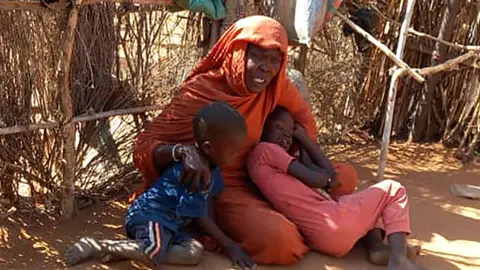Arop Akol is making waves in the fashion industry, embodying the traits that have led many to admire models from her home nation of South Sudan. Over the past three years, she has graced runways for upscale brands in prominent spots such as London and Paris, striking a balance between understated elegance and radiant beauty.
Akol, who debuted on the fashion scene after years of watching online modeling, shares her journey which included a collaborative runway presentation with Naomi Campbell at an Off-White show. She frequently encounters fellow South Sudanese models during her travels, a trend that highlights the increasing visibility of models from this nation, despite its challenges.
South Sudan's rich cultural heritage seems to have translated into a growing fascination in the modeling world. Models like Anok Yai, Adut Akech, and the iconic Alek Wek showcase the region's beauty and talent, a fact confirmed by their frequent appearances in fashion publications. According to Models.com, a notable fraction of the top models in their annual review boast South Sudanese roots.
Industry insights signal a broader trend where beauty standards evolve, with modeling expert Dawson Deng underscoring that many South Sudanese models meet conventional expectations of aesthetics. The allure of their dark skin and statuesque figures is not lost in the competitive world of fashion. Casting agent Lucia Janosova echoes this sentiment, though she expresses uncertainty about why fashion houses favor South Sudanese talents over others from similarly diverse backgrounds.
For models like Akur Goi, who have transcended difficult upbringings as refugees, the appeal lies not only in appearance but also in the determination they demonstrate. Many faced adversities following South Sudan's independence, which was marred by civil conflicts that displaced millions. Now, their experiences are amplifying their personal narratives within the fashion realm.
Initially, Akol faced exploitation when scouted by an agency that demanded fees typical models should not encounter. However, a reputable London-based agency later recognized her potential, leading to her debut walking for Roberto Cavalli, marking a significant turning point in her career.
Yet, the journey for South Sudanese models is not always straightforward, as highlighted by reports of others facing exploitation and troubling contractual obligations. Some models, initially met with skepticism from family considering the stigma surrounding modeling, have had to confront and change these perceptions.
Deng believes these models embody resilience and path-breaking potential within the fashion industry, which has been slow to embrace diversity. However, some families are beginning to recognize the economic benefits as their daughters achieve success as models, changing formerly rigid attitudes.
As global interest in diverse beauty continues to rise, Akol and her peers like Alek Wek remain steadfast, symbolizing a bright future for South Sudanese models on the world stage. The industry may fluctuate with trends, but it seems South Sudanese talent is destined to remain an influential part of fashion's evolving narrative.


















